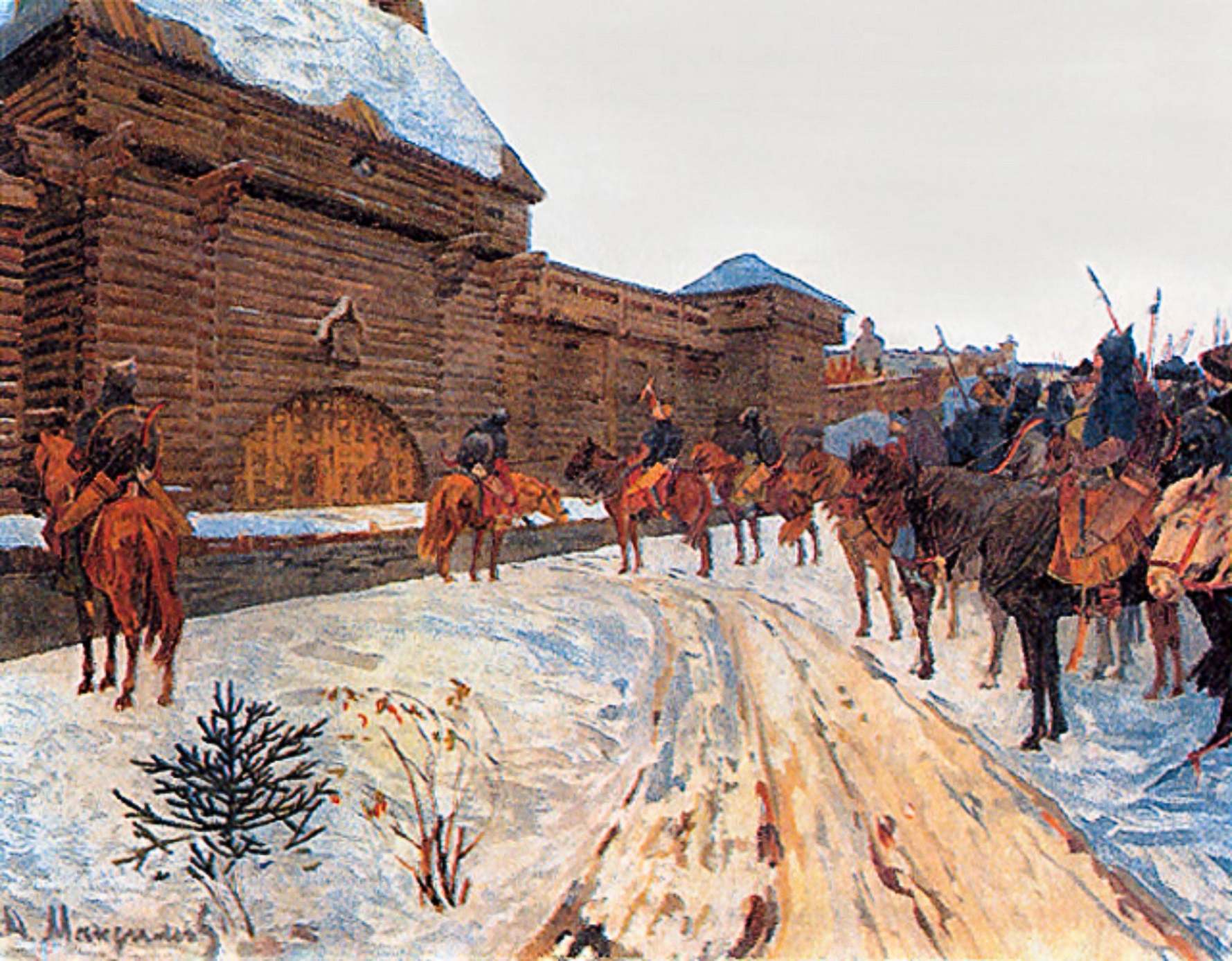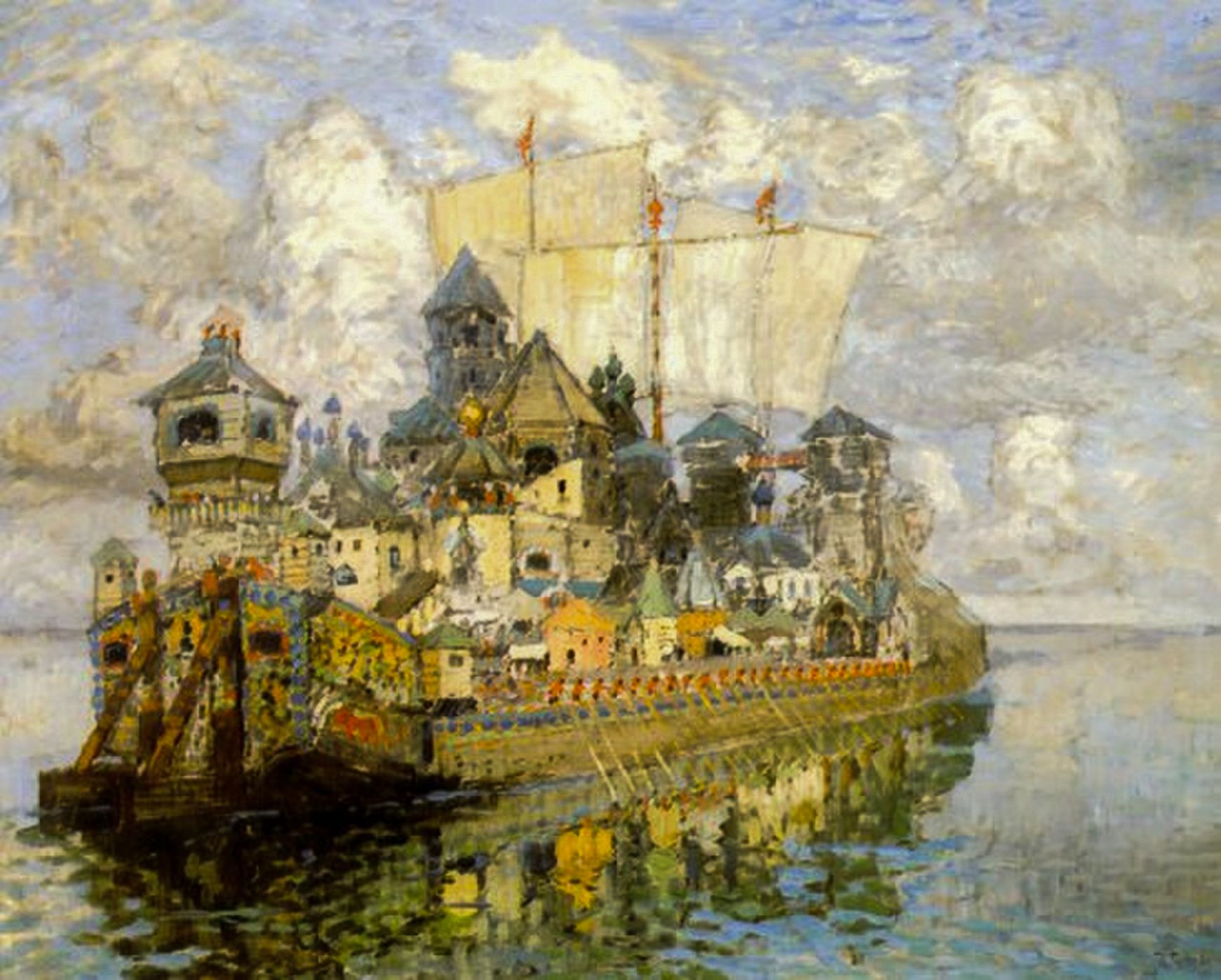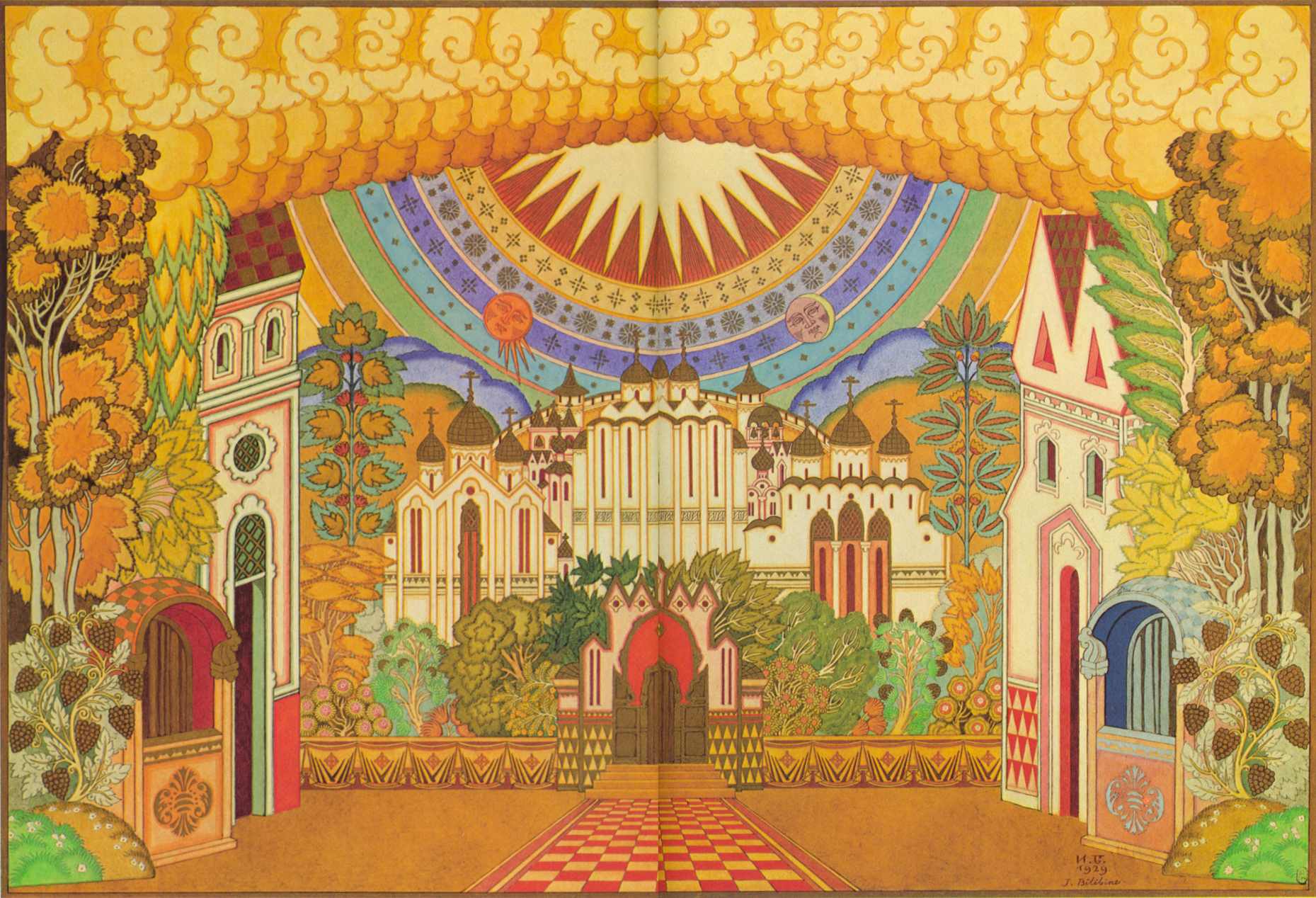Immersed in the fascinating world of video games, we often come across mythical tales and legendary cities. One such city, Kitezh, served as the backdrop for the popular action-adventure video game series, Rise of the Tomb Raider. The protagonist, Lara Croft, embarks on a quest for an artifact known as the Divine Source, believed to be buried in the lost city of Kitezh. While the game’s story is entirely fictional, it’s intriguing to note that Kitezh is believed to have actually existed, submerged within the depths of Lake Svetloyar in Russia.

The origins of Kitezh
The origins of Kitezh can be traced back to the earliest days of Rus’, with the first written reference appearing in the Kitezh Chronicle, authored by the Old Believers in the 1780s. The Old Believers were a faction that split from the official Russian Orthodox Church after 1666 in protest against church reforms.
The Chronicle narrates how Grand Prince Georgy of Vladimir founded the city of Lesser Kitezh on the banks of the Volga River in the Voskresensky District of the Nizhny Novgorod Oblast in central Russia. He later discovered an idyllic location further upstream on the shores of Lake Svetloyar, which he deemed perfect for the establishment of Greater Kitezh. It was intended to be a monastic city, sanctified by those who inhabited it.
“The Prince made the city beautiful, built it round with churches, monasteries, boyars’ palaces. Then he encircled it with a trench and raised up walls with embrasures,” write Barker & Grant in ‘The Russia Reader: History, Culture, Politics’.
The downfall of Kitezh
In 1238, Kitezh’s peace was disrupted when Mongols, led by Batu Khan, invaded North Eastern Russia. The Mongols, upon hearing tales of the powerful city of Kitezh, were determined to conquer it. They first reached Lesser Kitezh, which led to a battle with the Grand Prince Georgy. Despite his efforts, Georgy was forced to retreat towards Greater Kitezh, the location of which was still unknown to the Mongols.

Infuriated by the resistance, Batu Khan resorted to torturing captives to extract the location of Greater Kitezh. Despite their suffering, the captives remained steadfast, fearing an eternal curse upon revealing their sacred city. However, one captive, Kuter’ma, succumbed to the torture and revealed the secret paths to Lake Svetloyar.
Kitezh — the invisible town
The account of what transpired next remains speculative. According to the Chronicle, the Prince managed to hide the holy vessels and liturgical accoutrements in the lake before meeting his end in battle. Miraculously, the city of Kitezh became invisible, replaced by the sight of water and forest.

The legends and folk tales of Kitezh
The disappearance of Kitezh has given rise to numerous folktales and legends. One such tale narrates that the city submerged itself into the lake by God’s will to prevent its treasures from falling into Mongol hands. This has led to Lake Svetloyar being nicknamed the “Russian Atlantis”. According to the legend, the Mongol army watched helplessly as the city sank, with the white gleaming dome of the cathedral being the last sight.
Folklore about Kitezh suggests that only those pure in heart and soul can glimpse the city. Numerous accounts have been reported of hearing church bells ringing from the lake or seeing lights and building outlines beneath the water’s surface. The lake was a popular pilgrimage site for those hoping to hear these bells, with women even visiting during World War Two to pray for their sons.

The search for Kitezh
In 2011, an archaeological expedition set out to uncover what remains of Kitezh around Lake Svetloyar. They discovered traces of an ancient settlement and fragments of traditional Russian pottery, pointing towards the possible existence of the city. The team plans to continue their exploration to unravel the mysteries of the ancient settlement by shedding light on the unseen city of Kitezh.




